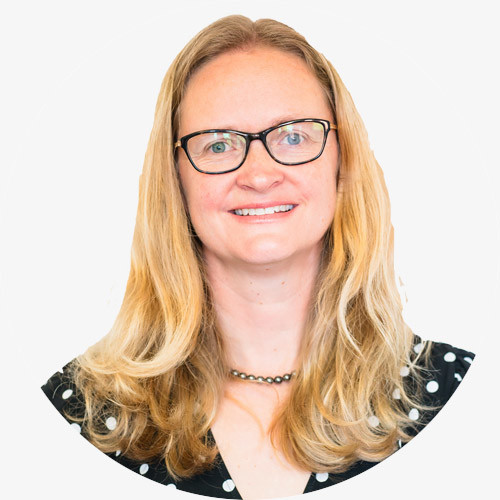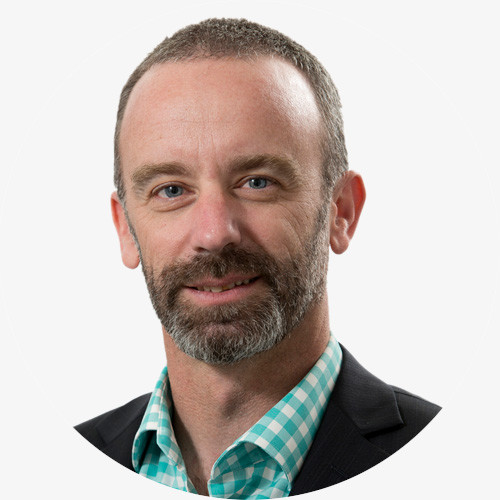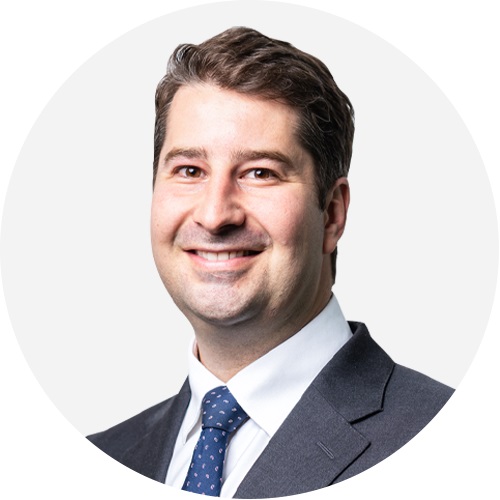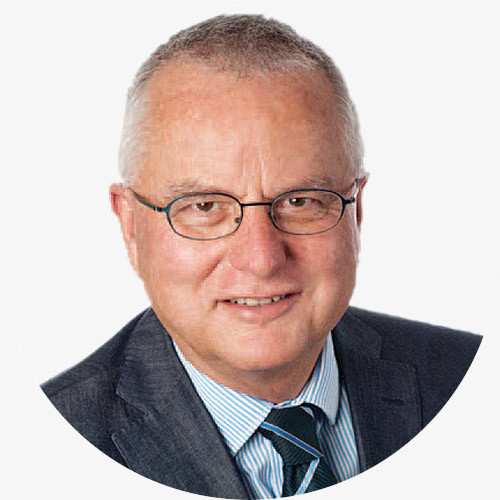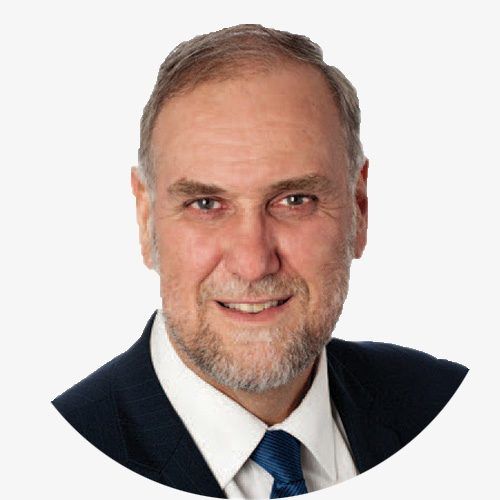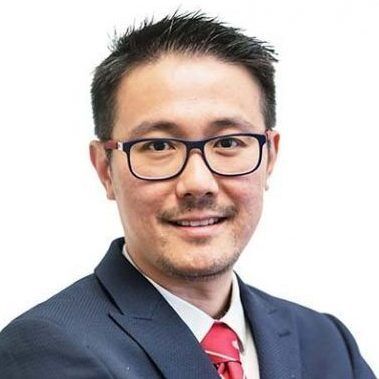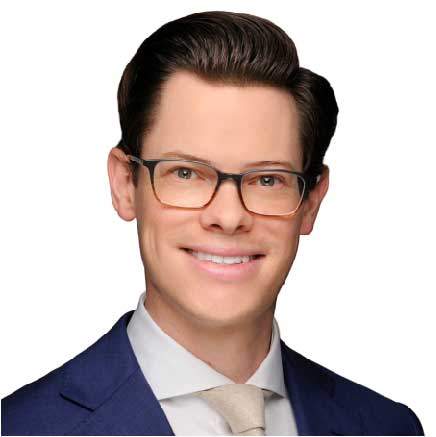Scoliosis
Scoliosis is a sideways curve of the spine with rotation of the vertebrae.
The most commonly seen scoliosis is Adolescent Idiopathic Scoliosis, and develops during the years of rapid growth. Other forms of Scoliosis include congenital, where vertebral anomalies are responsible for the curvature, early onset idiopathic scoliosis, where the curve is diagnosed under the age of ten years, and neuromuscular types due to conditions such as cerebral palsy and muscle dystrophy.
Common signs of scoliosis include uneven shoulders or hips. It is generally a painless condition that may go unnoticed until a physical examination is undertaken. As children over the age of ten generally prefer to dress themselves, it may not be noticed by parents until the warmer months when children are wearing bathers.
Common signs to look out for include:
- Uneven shoulders and hips
- Constant leaning to one side
- Prominent ribs on one side when bending forwards
- Uneven waist creases
With most cases of scoliosis, there is no known cause or prevention. Scoliosis is in many cases believed to be an hereditary condition and does sometimes run in families. Not infrequently it is sporadic with no known family members, and the genetics of Adolescent Idiopathic Scoliosis is a current focus of research around the world.
Scoliosis is not caused by bad posture or carrying heavy schoolbags.
Diagnosis will require a physical examination and an X-ray organised by your GP or Health Professional. When scoliosis is present, an X-ray will show a sideways shift of the spine to the right or left. An X-ray can determine the angle of the curve of the spine. Scoliosis is defined as a curve greater than ten degrees.
It is important for parents to make sure their children are receiving regular health checks so that conditions like scoliosis can be diagnosed and managed early. If scoliosis is diagnosed before the child has a growth spurt, a Spinal Specialist can help determine a treatment plan that prevents a bigger curve from forming during growth spurts.
Orthopaedics SA provides a Children’s Private Service, in our North Adelaide and Parkside rooms, including 3 experienced Orthopaedic Surgeons who also work at the Women’s & Children’s Hospital. They are actively involved in Research on Scoliosis with University of Adelaide appointments and manage complex conditions at The Women’s & Children’s Hospital, and also operate at The Memorial Hospital and St Andrew’s Hospital. Our team of Spinal Specialists, Professor Brian Freeman, Associate Professor Peter Cundy, Dr Yu Chao Lee and Dr Aaron Stevenson provide experienced advice and treatment and often work alongside each other to provide high standards of care.
If your child is diagnosed, don’t be alarmed, it is a manageable condition. It is often reassuring to know that of all children diagnosed with scoliosis, only a small percentage require treatment, and an even smaller number require surgery. Treatment will vary depending on the age of the child and severity of the curve. Many patients only need close observation and education regarding their condition. There are many non-surgical treatments for scoliosis including monitoring and bracing.
For children who are still growing, an external torso brace can sometimes be used to prevent further worsening of scoliosis while the child grows. Bracing can be recommended for moderate curves in a growing child, with the brace worn under their clothes. Even when wearing a brace, most children live normal lives and participate in the same activities as their friends.
Surgery may be recommended. If your child does require surgery, the experienced surgeons at Orthopaedics SA provide a caring service including counselling by our nurses, contact with other families as a resource for information sharing, and time for preparation. You may be asked to participate in one of our scientific trials to improve recovery. Currently we are recruiting patients for a trial looking to maximise the haemoglobin and ferrous ion reserves pre-operatively.
A curvature of the spine affects 2-3 percent of adolescents. In general, one in five hundred of these will require active treatment and only one in five thousand have curves that progress to the degree where surgery is recommended.
Girls and boys are equally affected by small degrees of scoliosis. Girls, however, are around eight times more likely than boys to develop progressive curves that need treatment.
Book an appointment at our Children’s Private Scoliosis Service
Book an appointment